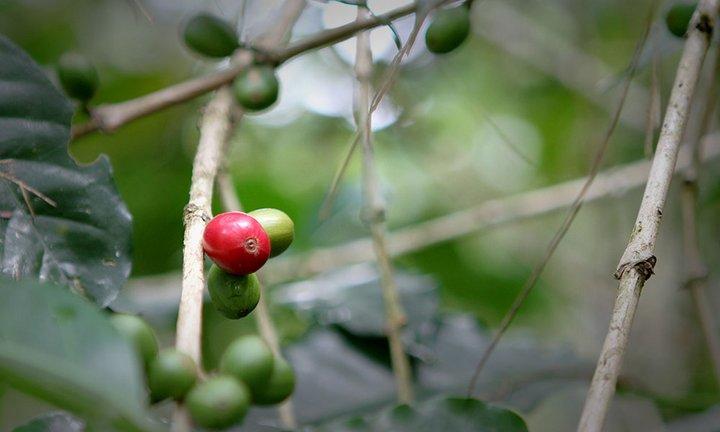Press and News Coffee genome sequenced - an important step for crop improvement

The genome of the coffee plant Coffea canephora has been sequenced. This is a key step to decipher, at the genetic and molecular level, the traits useful to breed coffee varieties that meet the demands of growers, processors and consumers.
The complete genome of the coffee plant Coffea canephora, which accounts for about 30% of the world’s coffee production, has been sequenced. Published in Science on 5 September 2014, the study reveals some secrets of coffee structure and evolution with a focus on gene families related to caffeine production.
"We were able to learn the story of caffeine by looking at which families of genes expanded in the plant, and the relationship between the genome structure of coffee and other species", said Albert Victor, professor of biological sciences at the University at Buffalo and one of the authors of the study.
This research, led by French Institute of Research for Development (IRD), the French National Sequencing Center and the University of Buffalo, relied also on the expertise of researchers worldwide including Bioversity International genome scientists.
"We compared the 25,574 genes of coffee to those of 36 other plant genomes to identify gene families, then highlighted the most peculiar ones and included all the results in GreenPhyl, a publicly accessible database to support further gene discovery studies,” said Mathieu Rouard, bioinformatics scientist at Bioversity International.
According to the International Coffee Organization, coffee is the world’s most widely traded tropical agricultural commodity, accounting for exports worth US$ 15.4 billion in 2009/10.
Most coffee is produced in developing countries and grown predominantly by small-scale farmers. The coffee trade is vital for their livelihoods.
"A genome sequence could be a significant step toward improving coffee," said Philippe Lashermes, principal investigator of the project at IRD. The genome sequence will help decipher the genetic and molecular bases of biological traits in coffee. This knowledge can be used to breed varieties that meet the demands of growers, processors and consumers, such as resistance to leaf rust disease. Caused by a fungus, leaf rust is the most economically important coffee disease in the world and has a considerable impact on the coffee industry and the economy of small producers in Central American countries such as Guatemala, Honduras and Costa Rica.
Photo: Coffee berries, Papua New Guinea. Credit: Bioversity International/P.Quek
